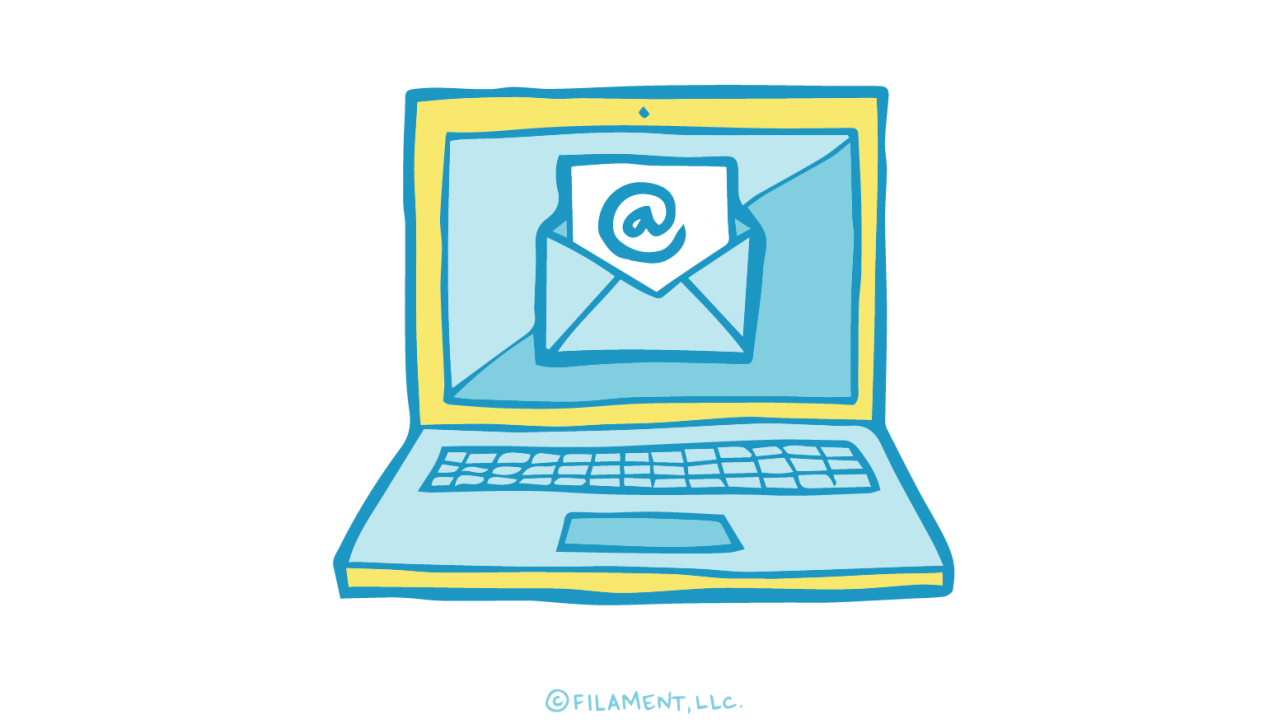Knowing your email audience is the first step toward creating a successful integrated marketing campaign that includes email. You’ll want to clearly identify who your audience is with demographics (e.g. age, gender, income, etc.) and psychographics (e.g. attitudes, interests, behaviors) in order to determine strategic priorities for your content, to craft relevant messages, and to establish the best channels to reach them.
As you’re getting to know your email audience, you’ll be answering questions like these: Who are my target customers? What are their motivations? How do they like being communicated to? Which newspapers or magazines do they read, and which sites do they visit regularly? Which channels are they using? If they’re using social media, what are they talking about? All these questions need to be answered before developing your integrated marketing strategy, and in order to answer them, we suggest a two-pronged approach: 1) real-time conversations and 2) data.
Conversations
First, you need to have meaningful, real-time conversations with your audience. As we suggested in Monday’s post, there are lots of ways to do this. You can make calls with your sales reps, go on ride alongs with your sales team, or take customer service calls. You can chat with them online and ask them to give you feedback via surveys in your emails, but if possible get out there and meet your audience face to face and listen to their frustrations, their joys, and the way they describe their world. Some of them will be subscribers; some of the won’t, in which case you just might find out why they haven’t signed up yet.
The most important part of connecting with your email audience in real time is listening. During your discussions, listen to what you customers have to say in order to learn about who they are, what they care about, and what they need. Use that information as you move forward with your integrated email campaign.
You can also use social media to have conversations with your customers. Social listening is a key tool toward getting to know your target audience better because it offers valuable insights into what they care about. In order to use social listening most effectively, find out which social networks your audience checks most frequently. You can figure this out from real-time conversations, email surveys and data (more on that next).
Data
The second part of our approach is looking at your email analytics to learn about your subscribers and what they want from you. If you’ve been tracking your emails, you already have a good deal of useful data that can tell you what your subscribers are interested in. (If you haven’t, check out our article on email campaign tracking for beginners.) You’ll want to look at everything from what sorts of subject lines inspire them to open your email to the color of the button CTAs they seem to prefer.
So, unless you haven’t been tracking anything, you’re not starting from scratch. Even open rates can tell you a lot about who your audience is and what they want from you. However, you can learn even more by digging in deeper. For example, you might figure out the click-to-view ratio for every article and every promo in your email. And be sure to watch negative metrics, too. For example, if unsubscribe rates are spiking, you’ll want to take a closer look and find out why.
You can use integrated analytics to see where your subscribers are going after they click out of your email. What types of content inspires them to act? Do they like videos? Webinars? Podcasts? Are they addicted to apps? Which promotions inspire them to convert? The goal here is to find out what resonates most (and least) with your subscribers. Your analytics can also tell you what devices they use to view your emails.
In addition to your email analytics, you can ask questions on your sign-up form or include brief surveys in the body of your email. Gather as much information about your email audience as you can, including their location, demographics, and their interests specifically as it relates to your brand, i.e. product info, special offers, loyalty coupons, general updates, etc.
Lastly, you can supplement your email analytics with social media analytics to gather more info about your audience. Later, when you’re creating your strategy and content, you can bring those insights to your emails.
With this two-part tactic, you’ll have a better understanding of who your email audience is and as a result, you’ll be better prepared to create an integrated campaign that’s effective and relevant. Get in touch with Filament to get started today.



Thanks for posting this! It seems like a good basis for customer segmentation for email campaigns. I’ve recently started paying more attention to it in my campaigns in GetResponse. I never actually considered including small surveys in my emails for analytics purposes. I might try it!